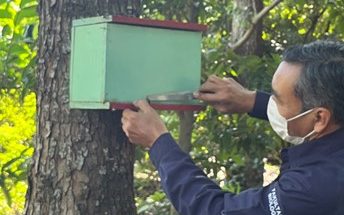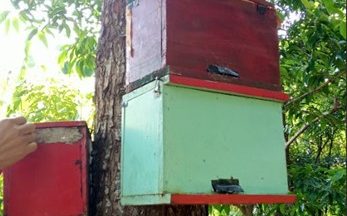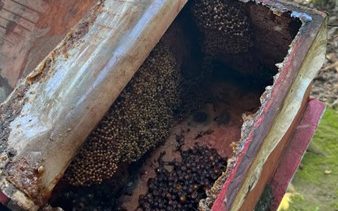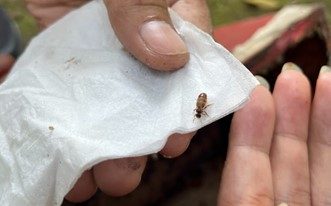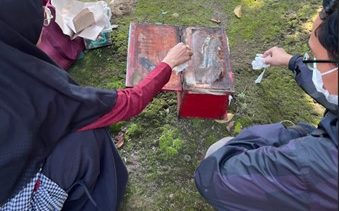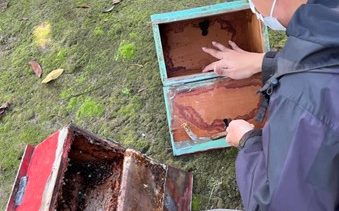The Klanceng Bees Propolis MBKM Research 2024 team has begun their research activities under the guidance of Drs. Ign. Sudaryadi, M.Kes.. The team consists of Muna Sa’adah and Vincencio Valdy Putra Sasangka. This activity builds upon previous research to enhance studies on Klanceng bees propolis. The partner for this activity was PKBM Ibnu Hajar, Sirahan, Salam, Magelang.
The MBKM Research team collaborated with the MBKM-PkM team, which includes Cinta Louisa, Rr. Liliane Gemma, and Hasna Zuhaida. The first activity was held online via Zoom on Tuesday, January 26, 2024, with Drs. Ign. Sudaryadi, M.Kes. as the speaker. This session discussed the outputes of MBKM Research and community service, the types of bees under study (Klanceng bees), and their products. The second activity, held on Friday, February 12, 2024, focused on Klanceng bees cultivation. On Saturday, March 9, 2024, the team visited Kebon Pasinaon at PKBM Ibnu Hajar, Sirahan, Magelang, for an introductory meeting. The team was warmly welcomed by representatives of PKBM Ibnu Hajar, and discussions related to program plans followed.
As the initial activity of the MBKM program, colony splitting of Klanceng bees, raw propolis sampling, and Klanceng bee pollen collection were carried out. This took place on Saturday, May 4, 2024, at the Sawitsari Research Station. The colony splitting aimed to strengthen the cultivation process of Klanceng bees, with the expectation of increasing the number of colonies and, consequently, the production of bee products.
Raw propolis, a resin used as a construction material for the hive, was collected. Pollen, the flower’s pollen stored in pollen baskets as a food reserve for the bee colony, was also harvested. These were collected by taking the pollen baskets located at the base of the hive. Pollen is distinguishable by its lighter color and denser texture. Propolis was obtained by extracting Klanceng honey and taking the remaining hive material. This propolis is still mixed with pollen, honey, and other debris, hence referred to as raw propolis. After obtaining the required amounts of propolis, pollen, and honey, they were stored for further research in the future.

